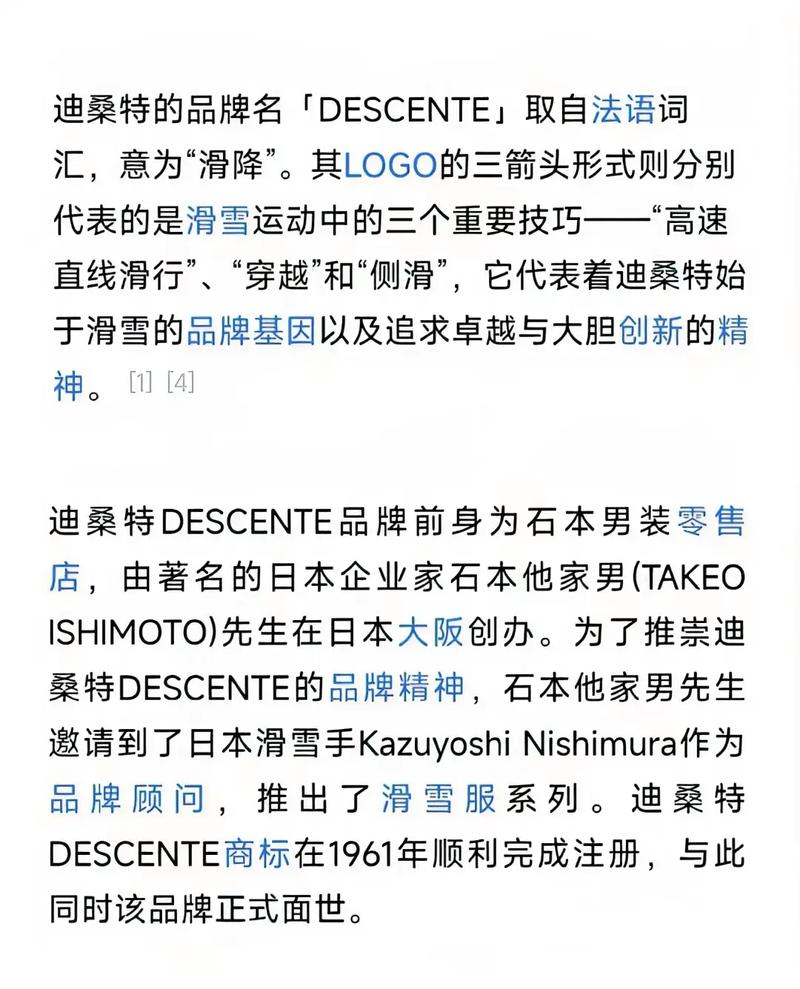
Describe the Process of Bronze Casting
Bronze casting, an ancient art form that dates back thousands of years, has been a cornerstone of human civilization. This intricate process involves the transformation of molten metal into intricate sculptures, tools, and artifacts. In this detailed exploration, we delve into the various stages of bronze casting, providing you with a comprehensive understanding of this fascinating technique.
Selection of Materials
The first step in bronze casting is selecting the appropriate materials. Bronze, a copper alloy, is chosen for its durability, workability, and resistance to corrosion. The primary components of bronze are copper and tin, with varying proportions depending on the desired properties of the final product.

| Component | Percentage |
|---|---|
| Copper | 88-95% |
| Tin | 5-12% |
| Other Elements | 0-3% |
Design and Pattern Creation
Once the materials are selected, the next step is to design the desired object. This can be done through sketches, computer-aided design (CAD) software, or by directly carving the pattern out of wood, clay, or other materials. The pattern is then used to create a mold, which will be the negative of the final bronze piece.
Mold Making
Mold making is a critical step in bronze casting. There are several methods for creating molds, including the use of clay, sand, or metal. The most common method is the use of sand molds, which are made by packing sand around the pattern and then removing the pattern to leave a cavity in the sand.
Core Making
In some cases, the object being cast requires internal cavities or hollow spaces. To achieve this, cores are created. Cores are made from sand or other materials and are placed inside the mold to create the desired internal structure.
Preparation of the Metal
Before the casting process can begin, the metal must be prepared. This involves melting the copper and tin in a furnace until they reach a liquid state. The furnace temperature can vary depending on the specific composition of the bronze, but it typically ranges from 1,200 to 1,400 degrees Celsius (2,192 to 2,552 degrees Fahrenheit).

Positioning the Mold
Once the metal is melted, the mold is positioned in the casting area. The mold is then filled with the molten metal, ensuring that it reaches all the necessary areas of the pattern. The metal is allowed to cool and solidify, forming the negative of the desired object.
Removal of the Mold
After the metal has cooled and solidified, the mold is removed. This can be a delicate process, as the mold must be broken or cut away without damaging the bronze piece. In some cases, the mold is made from sand, which can be easily broken away, while in other cases, it may be made from clay or metal, requiring more careful removal.
Finishing the Bronze Piece
Once the mold is removed, the bronze piece is still rough and requires finishing. This involves smoothing out any imperfections, removing any excess material, and polishing the surface. The finishing process can vary depending on the desired appearance of the final product, ranging from a simple polish to intricate detailing and patination.
Conclusion
Bronze casting is a complex and intricate process that requires precision, skill, and patience. From the selection of materials to the final finishing touches, each step plays a crucial role in creating a durable, beautiful, and timeless piece of art. By understanding the various stages of bronze casting, you can appreciate the artistry and craftsmanship that goes into every bronze piece.



